By Christopher Miskimon
It was two hours before noon on September 18, 1944, when Polish freedom fighters inside Warsaw received word an airdrop was coming. An uprising of Poles in the city had begun on August 1 as they sought to throw off their German occupiers and liberate Warsaw in anticipation of the advancing Soviet Army arriving from the east. The Polish resistance expected the Red Army to link up with them and finish the job of freeing Warsaw and indeed all of Poland.
Such was not to be. The Soviet leadership, with their own ideas for a postwar Poland, stopped short of the city and refused to help the beleaguered Poles in Warsaw. This allowed the retreating Germans to reestablish their forces in the city, crush the uprising, and level much of the city. The desperate Poles were gradually crushed in fighting that continued for more than 60 days. Even after all the Poles suffered during the war, this was among their darkest times and a great hour of need. American and British leaders wanted to help the Poles via airdrops of vital supplies but received little cooperation from the Soviet Union, except on September 18.
That day, Frantic 7 took place. Up until this day Operation Frantic was a series of bombing missions wherein American fighters and bombers would take off from English or southern European bases to hit targets too distant for a return trip to their original base. After striking their objectives they would fly on to bases in Soviet territory to refuel and rearm. Afterward they would often attack another target on their way back to their original bases. This allowed American airpower to extend its reach in cooperation with the Soviet Union, something only the Americans with their expertise at logistics and power projection could really achieve at this stage of the war.
Frantic 7, the last mission of the operation, was different. The main focus of this mission was to airdrop supplies to the beleaguered Warsaw resistance fighters. Instead of bombs, paradrop containers were loaded aboard B-17 Flying Fortresses. They contained Sten and Bren guns, PIAT antitank projectors, mines, grenades, and even 545 Smith and Wesson revolvers. Also included were medical supplies, K rations, canned food, and powdered milk. More than 150 P-51 Mustang fighters accompanied the bombers, providing escort. They flew to Warsaw, dropped their containers, and went on to the USSR.
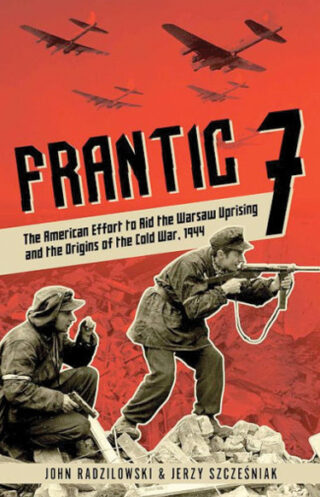 The Poles saw the descending parachutes and moved toward the expected landing sites. Some thought the containers were actually paratroopers. Not all of the dropped supplies landed within Polish-controlled areas, but those that did were quickly recovered and the contents put to use. Weapons went right to the front lines, while medicine and food went to the wounded and hungry. All the supplies were labeled in Polish. Nurses found blood ready for transfusions, donated by Poles at the Polish hospital in Edinburgh. Despite the grim situation, the Warsaw fighters were happy that day. The Americans had sent help; if nothing else, they were not forgotten.
The Poles saw the descending parachutes and moved toward the expected landing sites. Some thought the containers were actually paratroopers. Not all of the dropped supplies landed within Polish-controlled areas, but those that did were quickly recovered and the contents put to use. Weapons went right to the front lines, while medicine and food went to the wounded and hungry. All the supplies were labeled in Polish. Nurses found blood ready for transfusions, donated by Poles at the Polish hospital in Edinburgh. Despite the grim situation, the Warsaw fighters were happy that day. The Americans had sent help; if nothing else, they were not forgotten.
The Warsaw Uprising was a sad episode in the history of the war. Hope for liberation was crushed and lives were lost to no good end except the postwar aims of Josef Stalin. Though it was not the only airdrop mission to reach Warsaw, the last Frantic mission was an important symbol and a harbinger of things to come. It was a sign of the growing split between the Western Allies and the Soviet Union, whose teamwork was starting to fray with the impending end of the war. This last mission is retold in Frantic 7: The American Effort to Aid the Warsaw Uprising and the Origins of the Cold War, 1944 (John Radzilowski & Jerzy Szczesniak, Casemate Publishers, Havertown, PA, 2017, 208 pp., photographs, appendices, notes, bibliography, $29.95, hardcover).
The book tells the story of the mission from the point of view of the American pilots and aircrew that flew it and the Polish fighters who benefited from their efforts. It is the result of extensive research and meticulous attention to detail. Much of the writing focuses on the experiences of fighter pilots and bomber crews who risked their lives to get the supplies through. The work is full of personal accounts and photographs, which bring a human touch to the story. The author also includes information on the higher level interactions between the American and Soviet commands and how Soviet noncooperation doomed the Poles, limited the success of the American operation, and signaled the end of their alliance and the beginning of the Cold War.
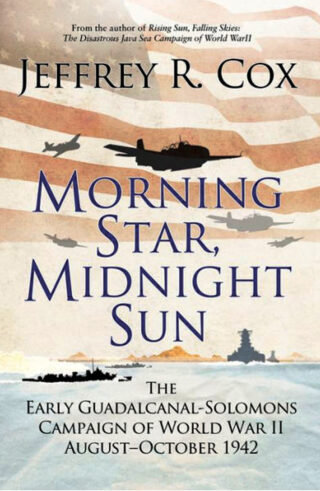 Morning Star, Midnight Sun: The Early Guadalcanal-Solomons Campaign of World War II August-October 1942 (Jeffrey R. Cox, Osprey Publishing, Oxford, UK, 2018, 448 pp., maps, photographs, notes, bibliography, index, $35.00, hardcover)
Morning Star, Midnight Sun: The Early Guadalcanal-Solomons Campaign of World War II August-October 1942 (Jeffrey R. Cox, Osprey Publishing, Oxford, UK, 2018, 448 pp., maps, photographs, notes, bibliography, index, $35.00, hardcover)
The first year of the war in the Pacific was a difficult struggle for the U.S. Navy. The Java Sea Campaign was a disaster, while the Battle of the Coral Sea was an expensive draw that stopped the Japanese advance but only at a high cost. The following Battle of Midway was a victory, also hard fought and expensive. In mid-1942, the Allies needed to take the offensive; the Japanese were still perceived as a threat to Australia, and despite their Midway losses the Imperial Fleet was still a powerful force. The next phase would come in the Solomon Islands around Guadalcanal. There, the Japanese Navy capitalized on its night fighting and torpedo advantages to fight a difficult campaign of attrition against the Americans, who had to learn as they went how to overcome their enemy’s strengths. The result was a true turning point, one in which the Japanese ability to conduct offensives in the Pacific was truly ended, giving the initiative permanently to the Allies.
The author delves deeply into the conduct of this campaign, explaining how the U.S. Navy was limited by its peacetime bureaucratic viewpoint and prewar concepts. Lacking the resources they would have later in the war, the Americans had to adapt under fire, and this book demonstrates exactly how they did that. The book is a thorough study of the naval battles that set America on the road to victory.
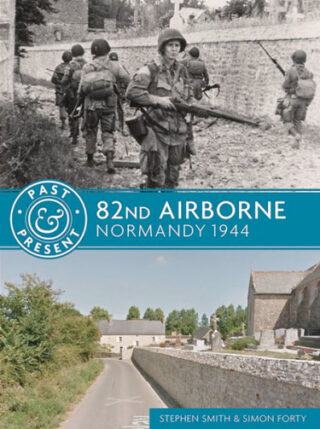 82nd Airborne: Normandy 1944, Past and Present (Stephen Smith & Simon Forty, Casemate Publishers, Havertown, PA, 2017, 64 pp., maps, photographs, bibliography, $16.95, softcover)
82nd Airborne: Normandy 1944, Past and Present (Stephen Smith & Simon Forty, Casemate Publishers, Havertown, PA, 2017, 64 pp., maps, photographs, bibliography, $16.95, softcover)
On the night of June 5/6, 1944, the “All American” 82nd Airborne Division made its parachute assault on the Normandy area. It helped secure the area behind the Utah beachhead and fought hard actions at places such as Ste.-Mere-Eglise. It fought on for the next 33 days, suffering 5,245 casualties, but it helped establish the Allied foothold on continental Europe and struck one of the first blows against Nazi Germany.
This book takes historic photos of the unit in Normandy and compares them with modern images of the same spots. There is concise but informative text accompanying the imagery to give the reader a basic idea of what happened during the fighting. There are also guides to existing monuments and museums in the area. The book would be a good companion for a tourist in the Normandy region and for planning a visit there. There are also good maps showing the locations of places to visit.
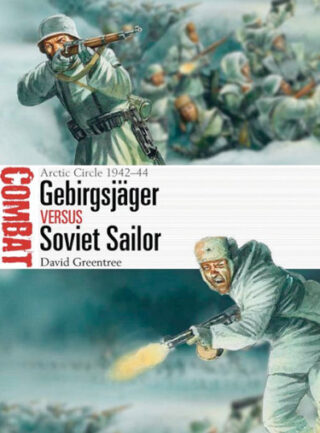 Gebirgsjager versus Soviet Sailor: Arctic Circle 1942-44 (David Greentree, Osprey Publishing, Oxford, UK, 2017, 80 pp., maps, photographs, bibliography, index, $20.00, softcover)
Gebirgsjager versus Soviet Sailor: Arctic Circle 1942-44 (David Greentree, Osprey Publishing, Oxford, UK, 2017, 80 pp., maps, photographs, bibliography, index, $20.00, softcover)
During World War II the German and Soviet armies fought grueling battles above the Arctic Circle in Norway, Finland, and the USSR. The Soviets formed infantry units from naval forces, which were needed more on land than at sea. These men were equipped as Soviet Army troops though most wore their ubiquitous striped shirt under their uniform. The Wehrmacht sent its own elite mountain troops, the Gebirgsjager, specialists at operating in harsh terrain and frigid climates. These two forces would clash over the course of several years, from the early years of the constant Nazi offensives to the eventual transition of the initiative to the Soviet forces, when they relentlessly pushed the Axis troops backward. This was done one difficult step at a time under conditions that made the fighting even worse.
The Osprey Combat series takes two famous opponents and delves into what made them unique soldiers, comparing their training, organization, and weaponry. The book then showcases these troops with three of their common battles, showing how they did in battle against each other. The book concludes with an evaluation of each group’s strengths and weaknesses and a frank look at their performance in battle. It is a winning formula, and it works here, giving the reader an enjoyable and readable book.
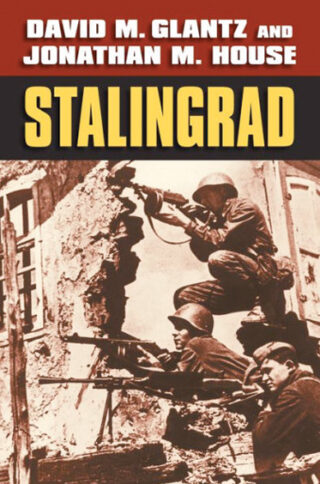 Stalingrad (David M. Glantz & Jonathan M. House, University Press of Kansas, Lawrence, 2017, 640 pp., maps, photographs, notes, bibliography, index, $34.95, hardcover)
Stalingrad (David M. Glantz & Jonathan M. House, University Press of Kansas, Lawrence, 2017, 640 pp., maps, photographs, notes, bibliography, index, $34.95, hardcover)
The Battle of Stalingrad was the titanic clash of World War II. Two competing and incompatible ideologies met in this city on the Volga River, and their struggle came to represent as much a test of wills for Nazi Germany and the Soviet Union as it was for the actual soldiers who fought and died there. So much blood, treasure, and effort were poured into Stalingrad by the two nations that its outcome would truly signal a turning point in the war. When the Soviets eventually won it was clear the war had entered a new phase, where the Axis forces in Eastern Europe had gone as far as they would ever go while the Soviets had proven they could stop the enemy juggernaut. Meanwhile, as all this was happening and being perceived in the halls of Berlin and Moscow, in the ruins of Stalingrad soldiers were fighting and suffering to make this point to their far away superiors.
These two authors have written the definitive work on Stalingrad, creating a trilogy that spanned five volumes before it was done. This book is the abridged version of that series, giving the reader a condensed version of their wide-ranging work. Their research is deep and thorough; David Glantz is widely known for his mastery of the Russian archives and other sources from both nations. The writing is precise and informative. These authors have long been acclaimed for their works on the Eastern Front, and this book only solidifies that widespread opinion.
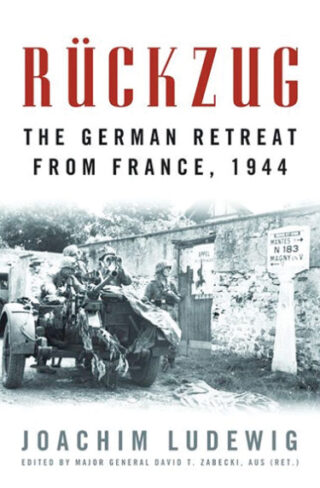 Ruckzug: The German Re-treat from France, 1944 (Joachim Ludewig, University Press of Kentucky, Lexington, 2017, 435 pp., maps, photographs, notes, bibliography, index, $30.00, softcover)
Ruckzug: The German Re-treat from France, 1944 (Joachim Ludewig, University Press of Kentucky, Lexington, 2017, 435 pp., maps, photographs, notes, bibliography, index, $30.00, softcover)
The Allied invasion of the Normandy coast came as a surprise to the defending German Wehrmacht, but it recovered quickly and did all it could to stifle the Anglo-American advance. The Allies would indeed break out of Nazi containment, but only after a long and hard-fought campaign. During August and September 1944, the front lines shifted more than 1,000 kilometers from the Norman hedgerows to the very borders of Germany, from Holland in the north to the Vosges Mountains of the Alsace region in the south. The Third Reich lost its defense in depth to its west, and many thought that with the liberation of Paris in late August the war was nearing its end. This turned out to be a mistaken notion when the German military managed to stabilize its lines and halt the unbridled Allied offensive, adding months to the war.
The author argues the German Army was able to use its tactical skill and take advantage of Allied caution to check the German retreat of late summer 1944. He focuses on the period of August and September 1944, which is often overlooked as simply a time of rapid advance for the Allies and retreat for the Germans with little in-depth coverage. Many works concentrate on Normandy up to the breakout and then on the Ardennes; this book looks at the crucial period in between with an effective argument about how the war was affected by German resilience.
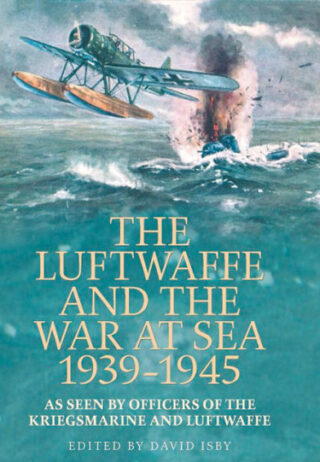 The Luftwaffe and the War at Sea 1939-1945: As Seen by Officers of the Kriegsmarine and Luftwaffe (Edited by David Isby, Naval Institute Press, Annapolis, MD, 2017, 288 pp., maps, photographs, bibliography, $39.95, softcover)
The Luftwaffe and the War at Sea 1939-1945: As Seen by Officers of the Kriegsmarine and Luftwaffe (Edited by David Isby, Naval Institute Press, Annapolis, MD, 2017, 288 pp., maps, photographs, bibliography, $39.95, softcover)
Between the evacuation of Allied troops from Dunkirk and the beginning of the Battle of Britain, the German air force made a concerted effort against British shipping in the English Channel and the coast of southeast England. Junkers Ju-87 dive bombers and Ju-88 bombers were used during the day, strafing and bombing the hapless enemy merchant vessels while Heinkel He-111s took over at night performing the same duty. The He-111s also raided ports and laid mines. The British quickly responded, sending flights of fighters to intercept the German forces, causing considerable losses. The Luftwaffe in turn sent its own fighters, both to combat the British aircraft and to carry out light bombing of their own. This was only a prelude to the German air force’s battle over the sea.
This is a collection of accounts written just after the war by German navy and air force officers, recollecting their experiences fighting as part of the overall naval campaign. They were created as part of the Allied debriefing program in which captured and surrendered officers conveyed their side of the war. Most of the chapters are their firsthand views along with an overview by U.S. Naval Intelligence. The book is a fascinating work, giving the reader the German view of the war in the words of those who fought.
New and Noteworthy
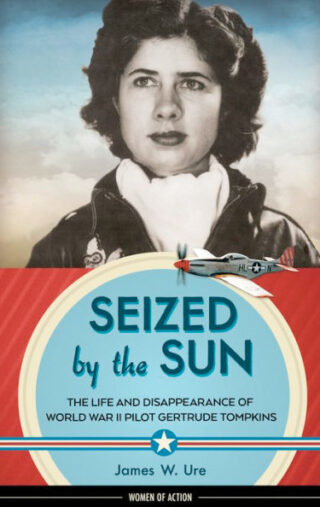 Seized by the Sun: The Life and Disappearance of World War II Pilot Gertrude Tompkins (James R. Ure, Chicago Review Press, 2017, $19.99, hardcover) Gertrude Tompkins was a shy society girl who grew to become a confident military pilot. She disappeared during a flight in October 1944 and is the only WASP pilot still missing.
Seized by the Sun: The Life and Disappearance of World War II Pilot Gertrude Tompkins (James R. Ure, Chicago Review Press, 2017, $19.99, hardcover) Gertrude Tompkins was a shy society girl who grew to become a confident military pilot. She disappeared during a flight in October 1944 and is the only WASP pilot still missing.
Axis Suicide Squads: German and Japanese Secret Projects of the Second World War (Justo Miranda, Fonthill Media, 2017, $50.00, hardcover) This book includes the various suicide and kamikaze aircraft developed by the Axis powers. Such weapons were needed to overcome Allied jamming capabilities against guided missile technology.
Miracle at the Litza: Hitler’s First Defeat on the Eastern Front (Alf R. Jacobsen, Casemate Publishers, 2017, $32.95, hardcover) During the invasion of the Soviet Union, German mountain troops invaded the northern reaches of Russia. This book records their failed attempts to cross the Litza River.
Past and Present: 1st Airborne Market Garden 1944 (Simon Forty & Tom Timmermans, Casemate Publishers, 2017, $16.95, softcover) This concise photobook shows the battlefield of the British airborne in period images alongside photographs of how the area looks now. It also serves as a tour guide to existing monuments and museums.
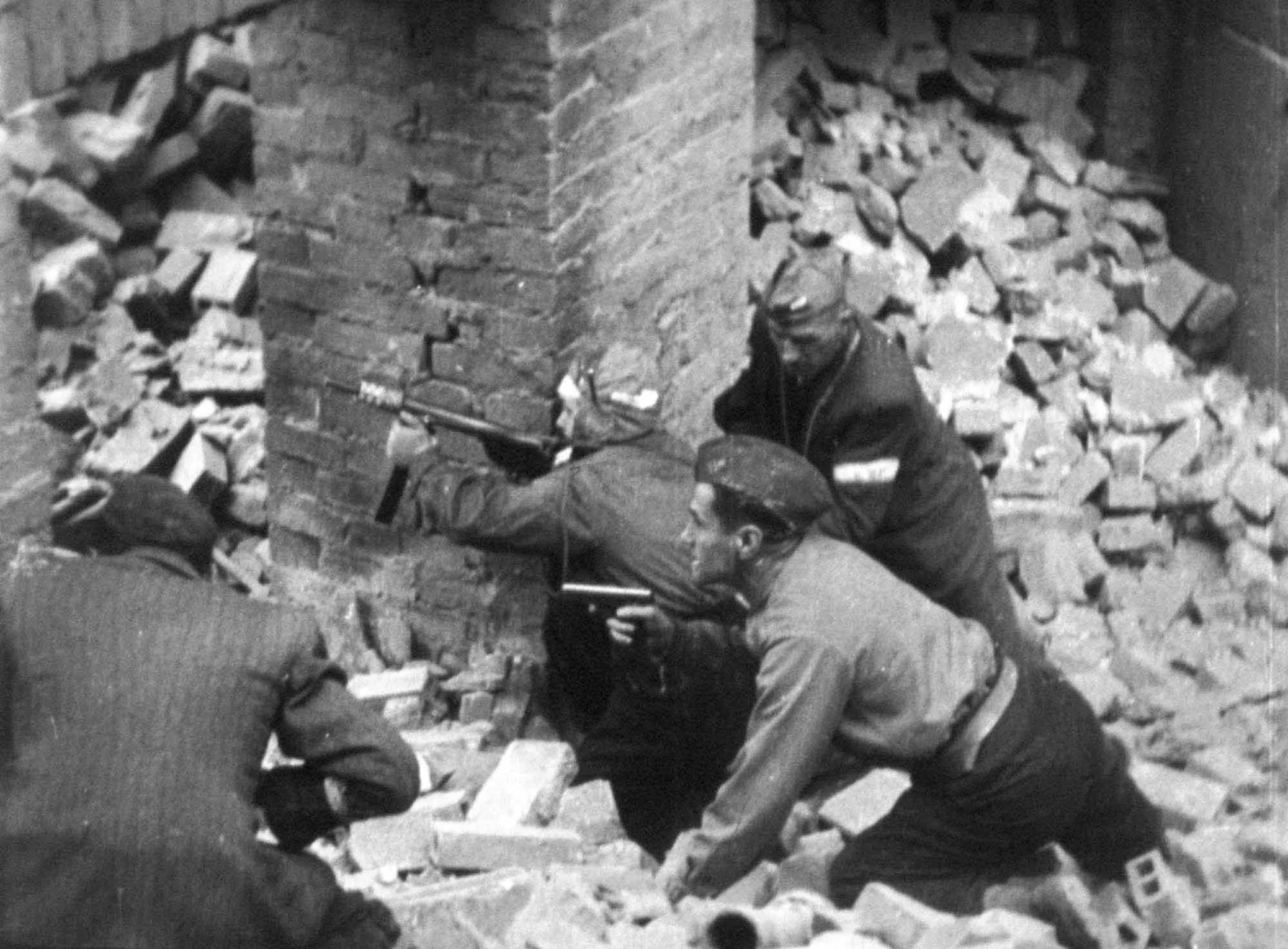

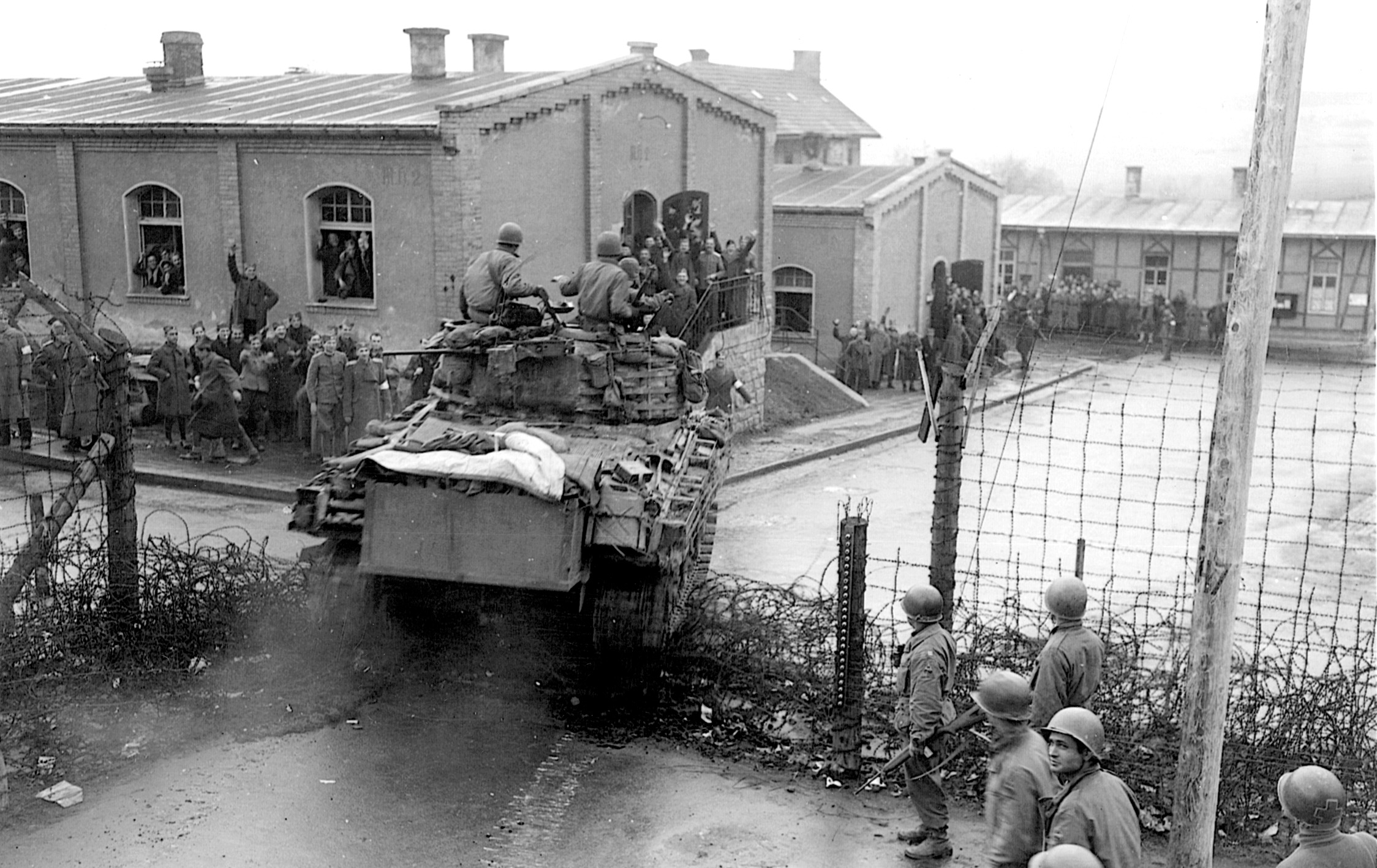
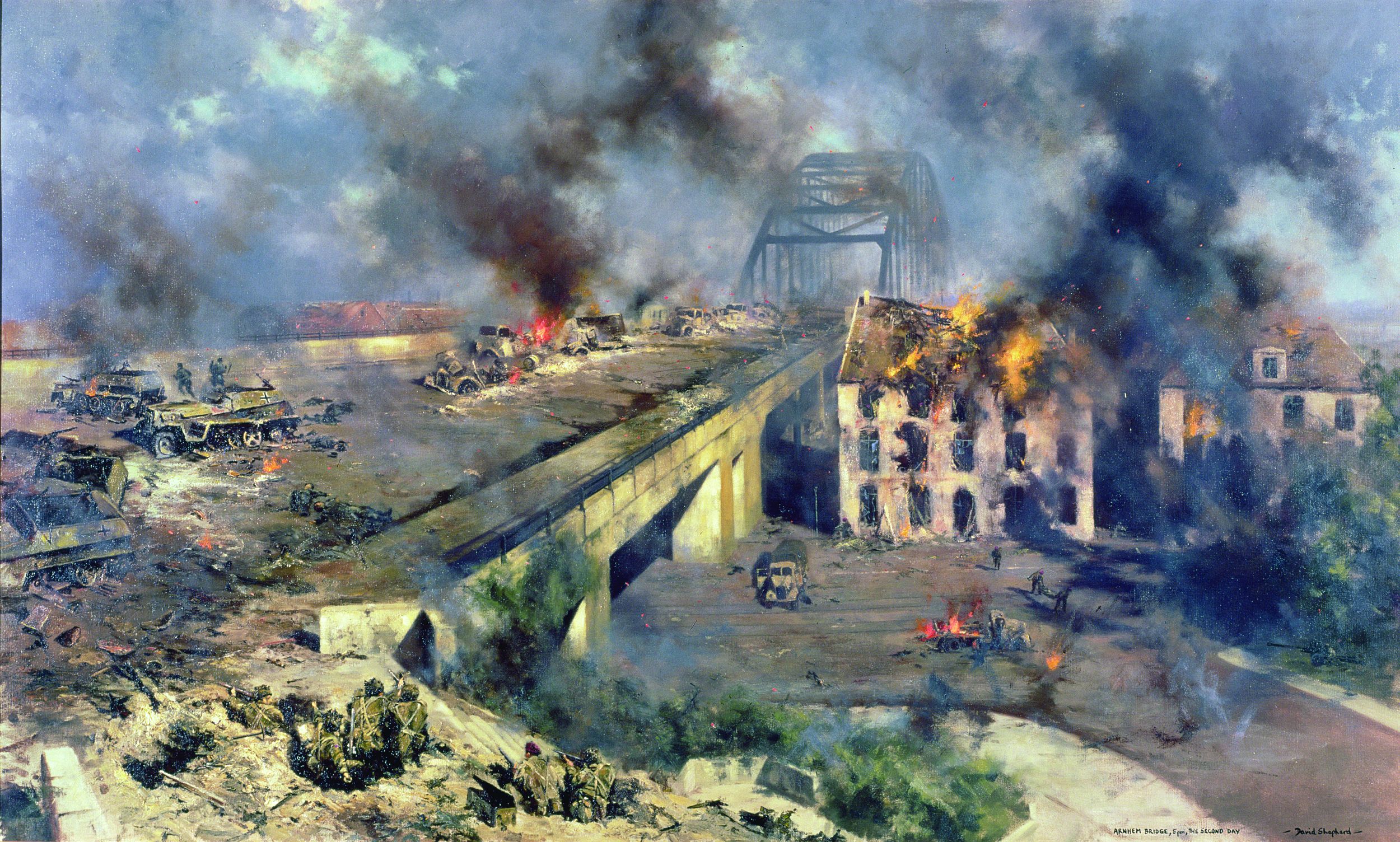
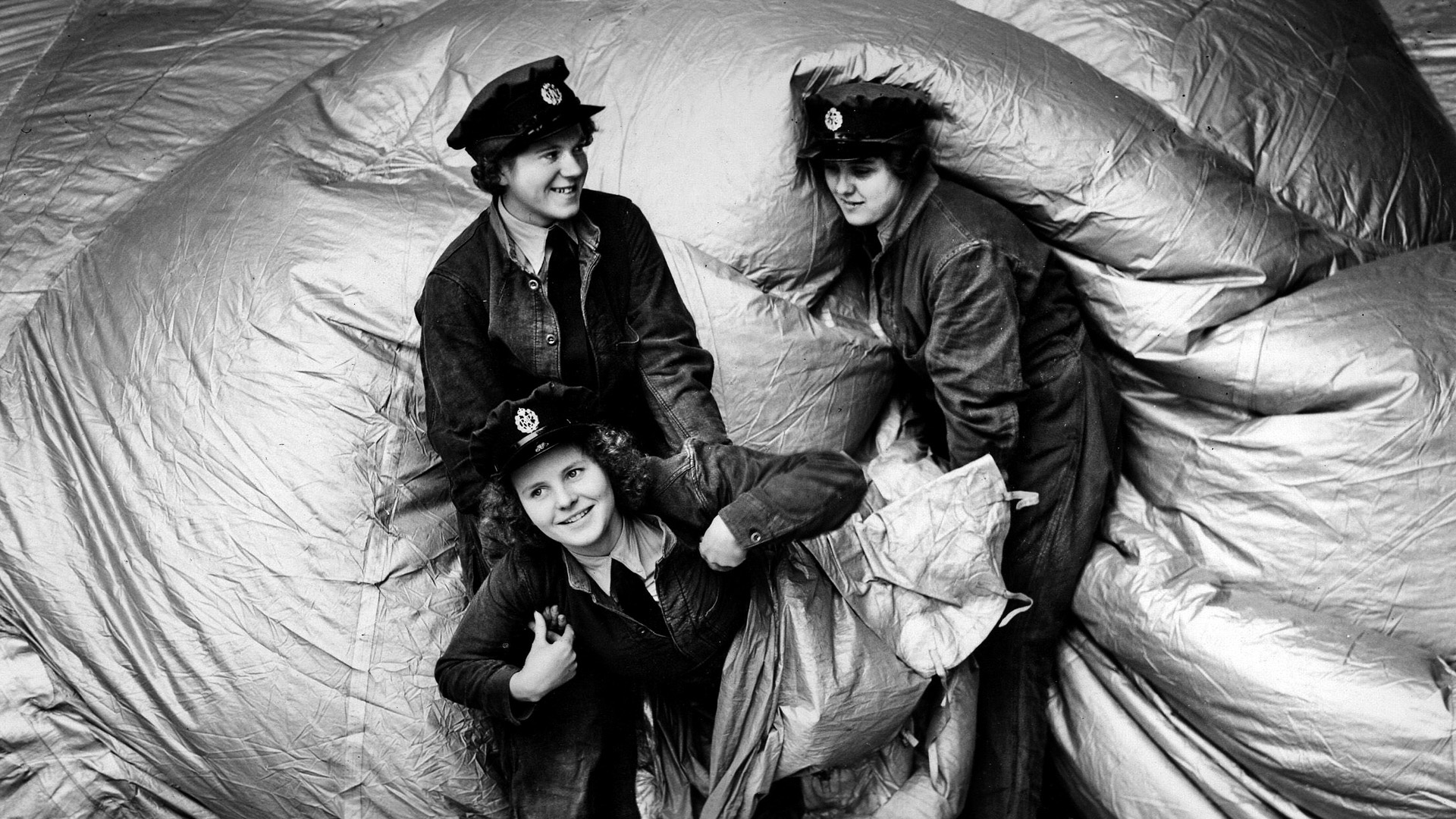
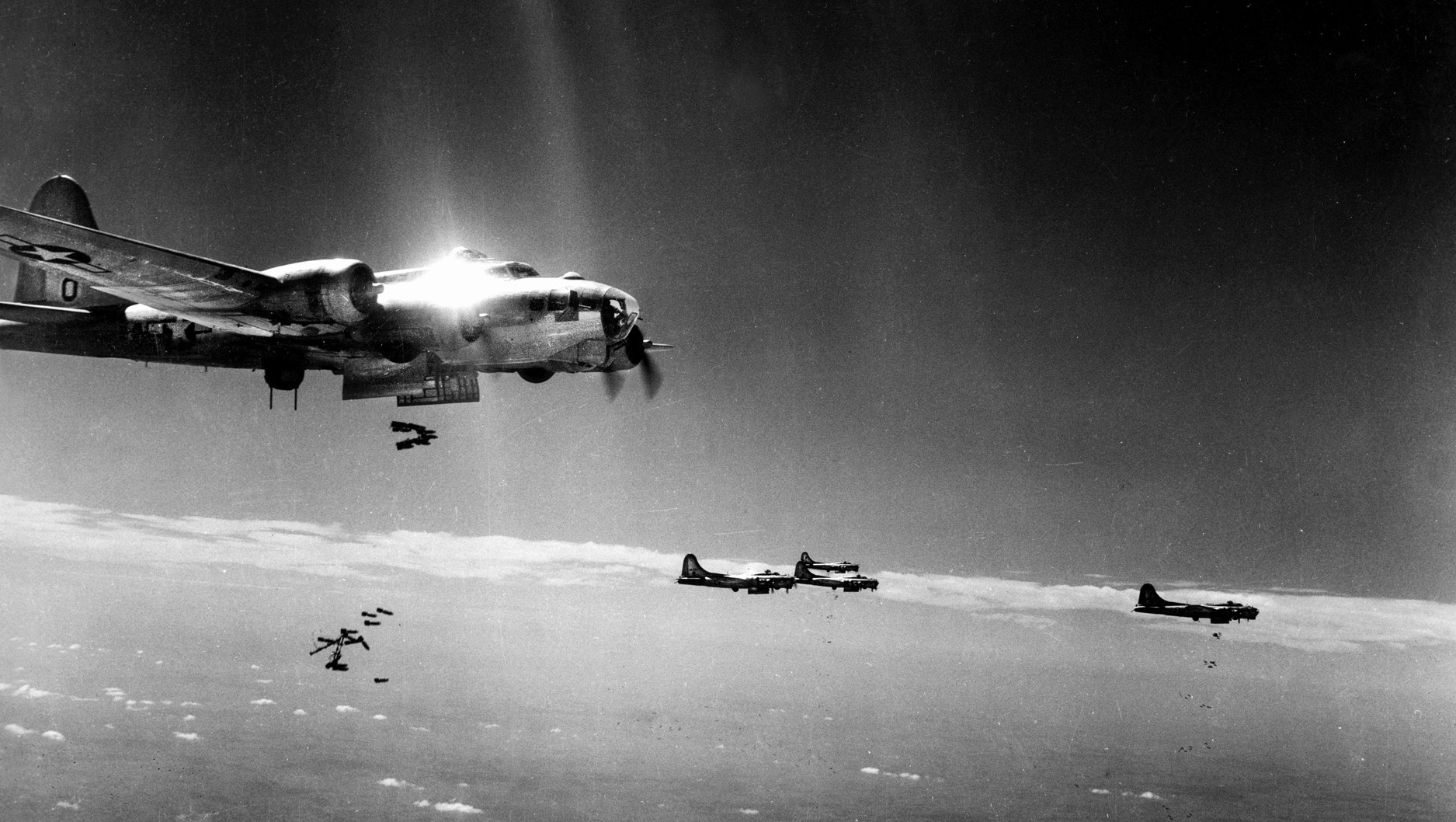
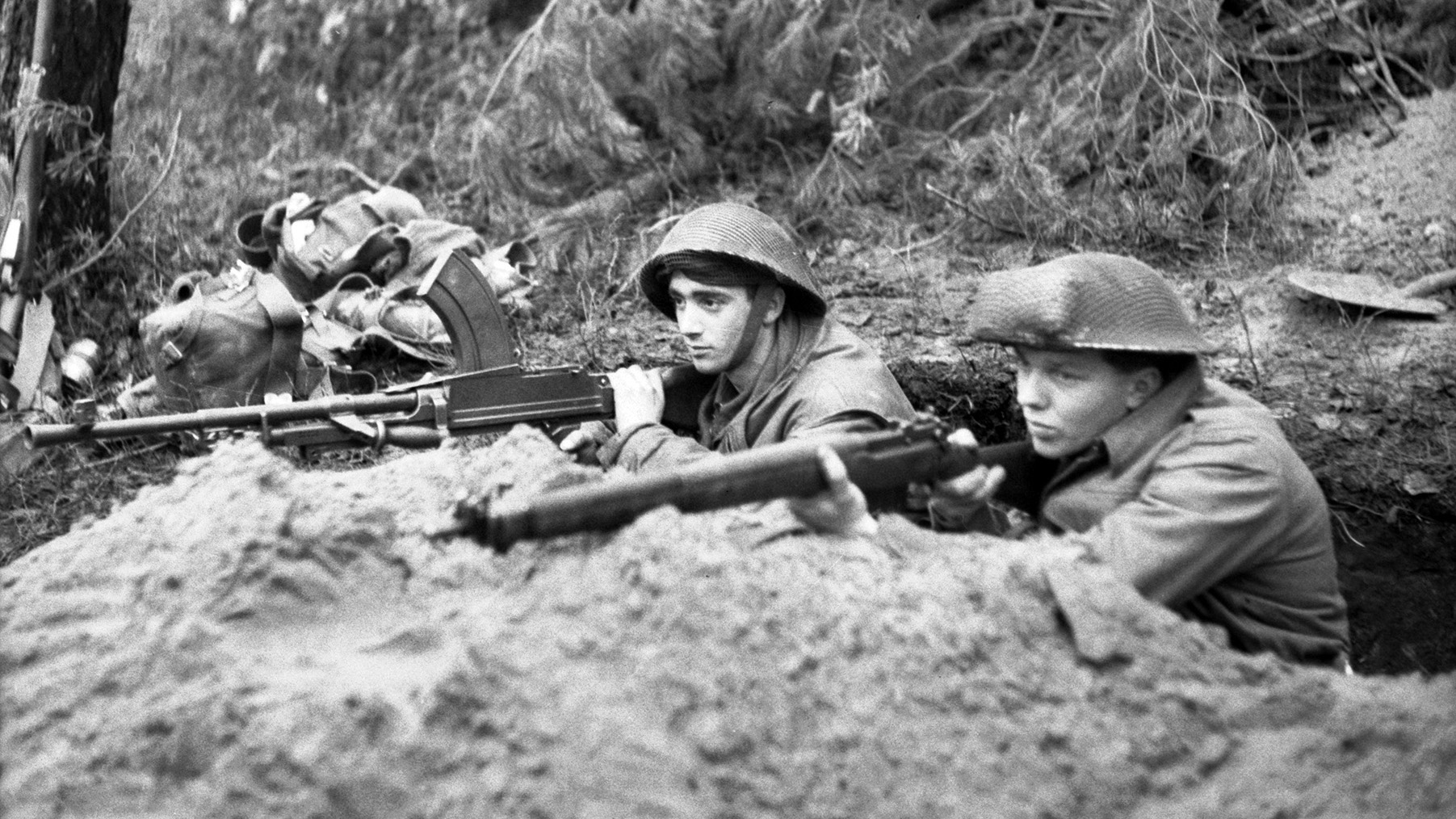
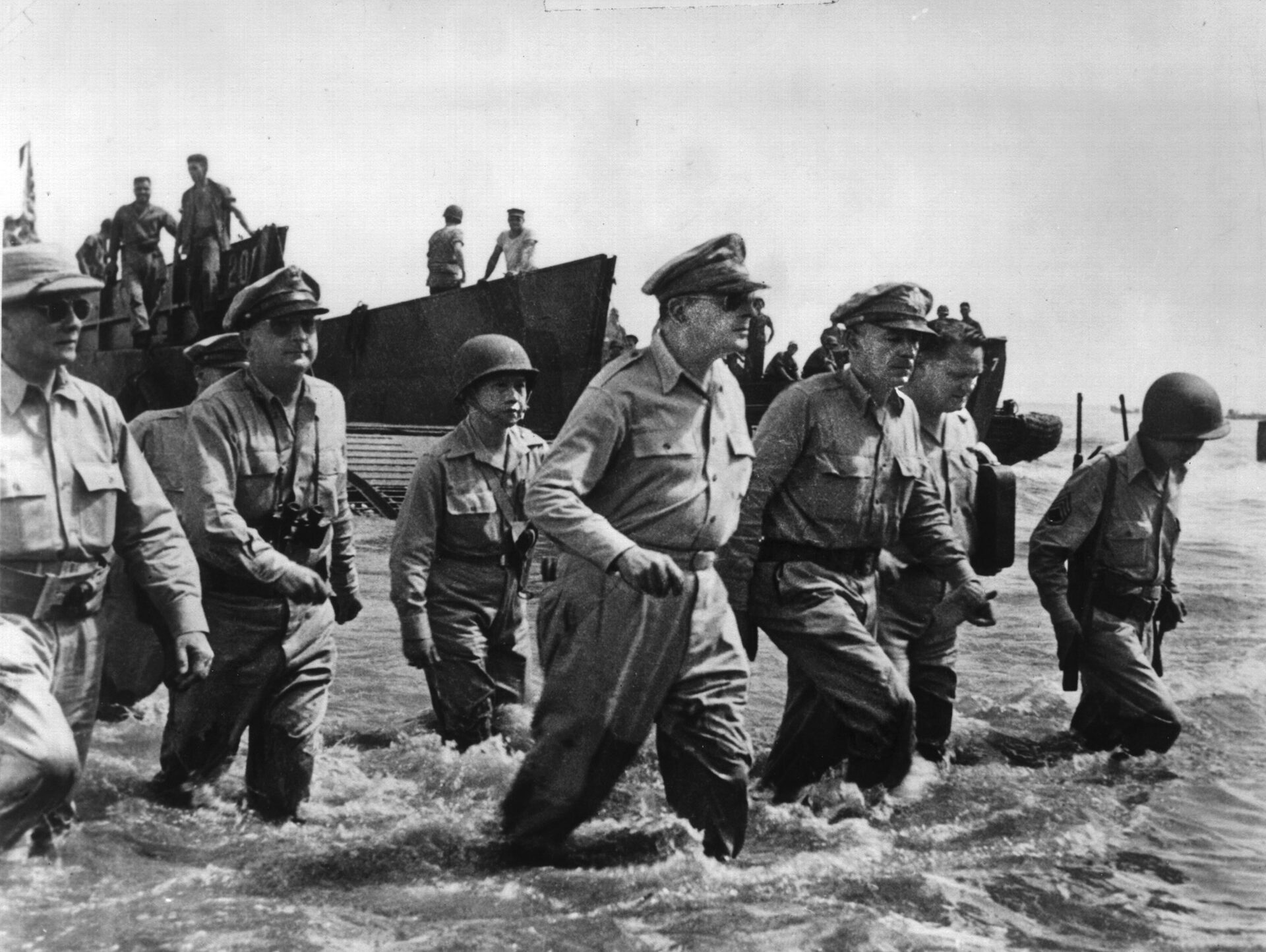
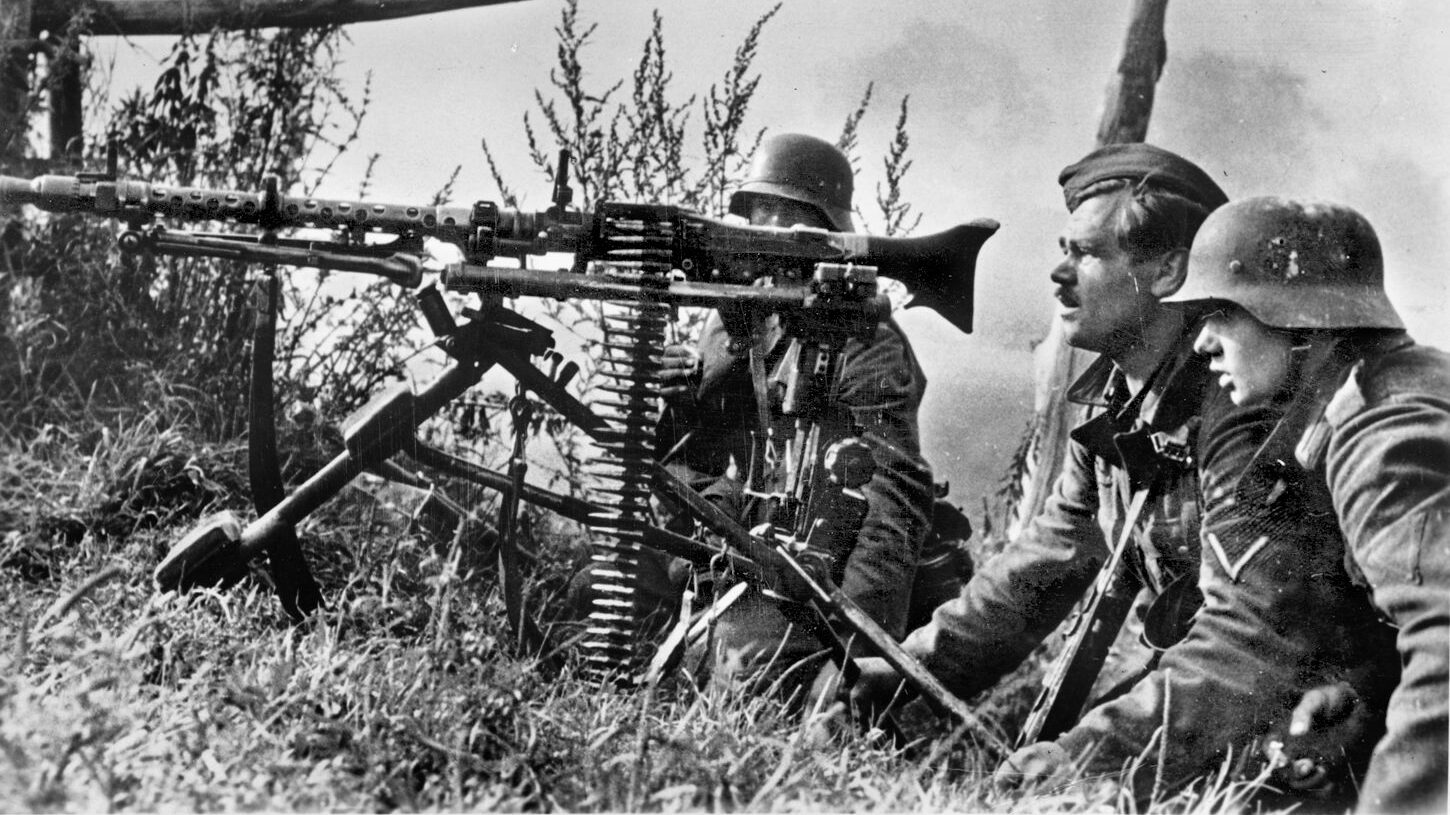
Join The Conversation
Comments
View All Comments